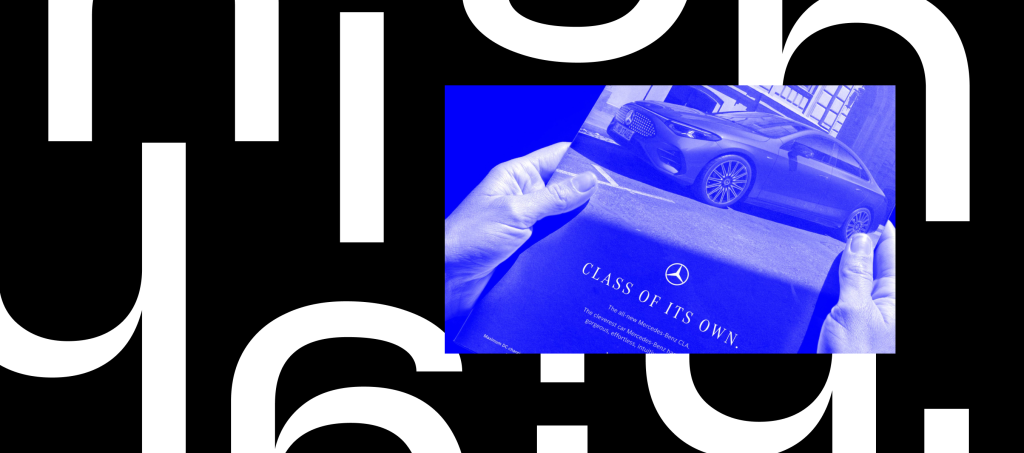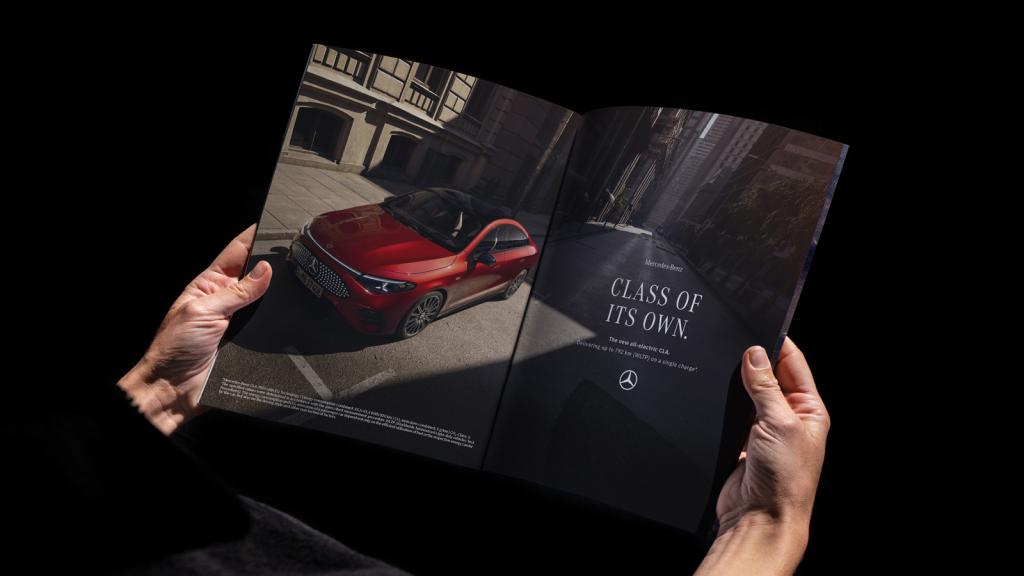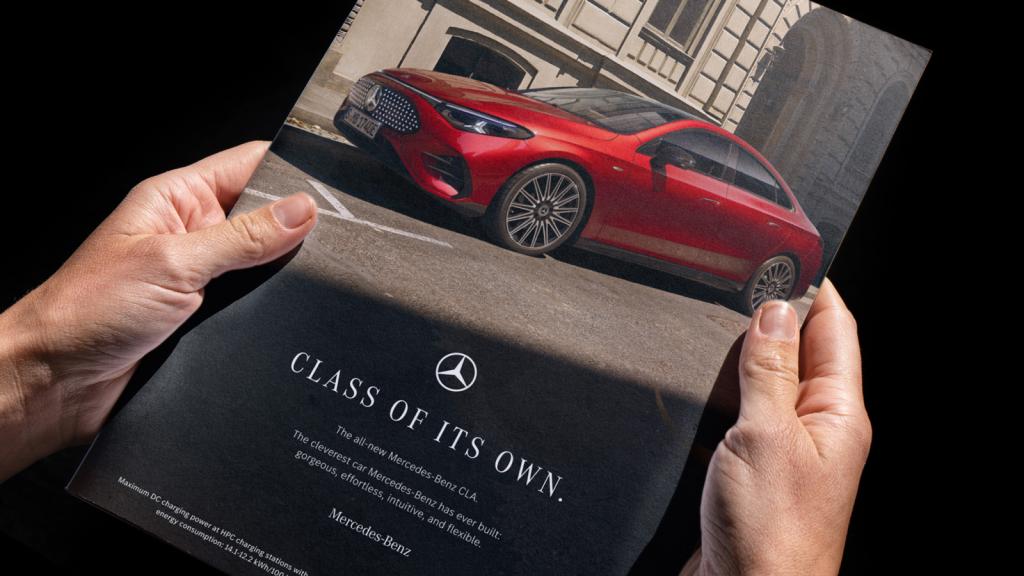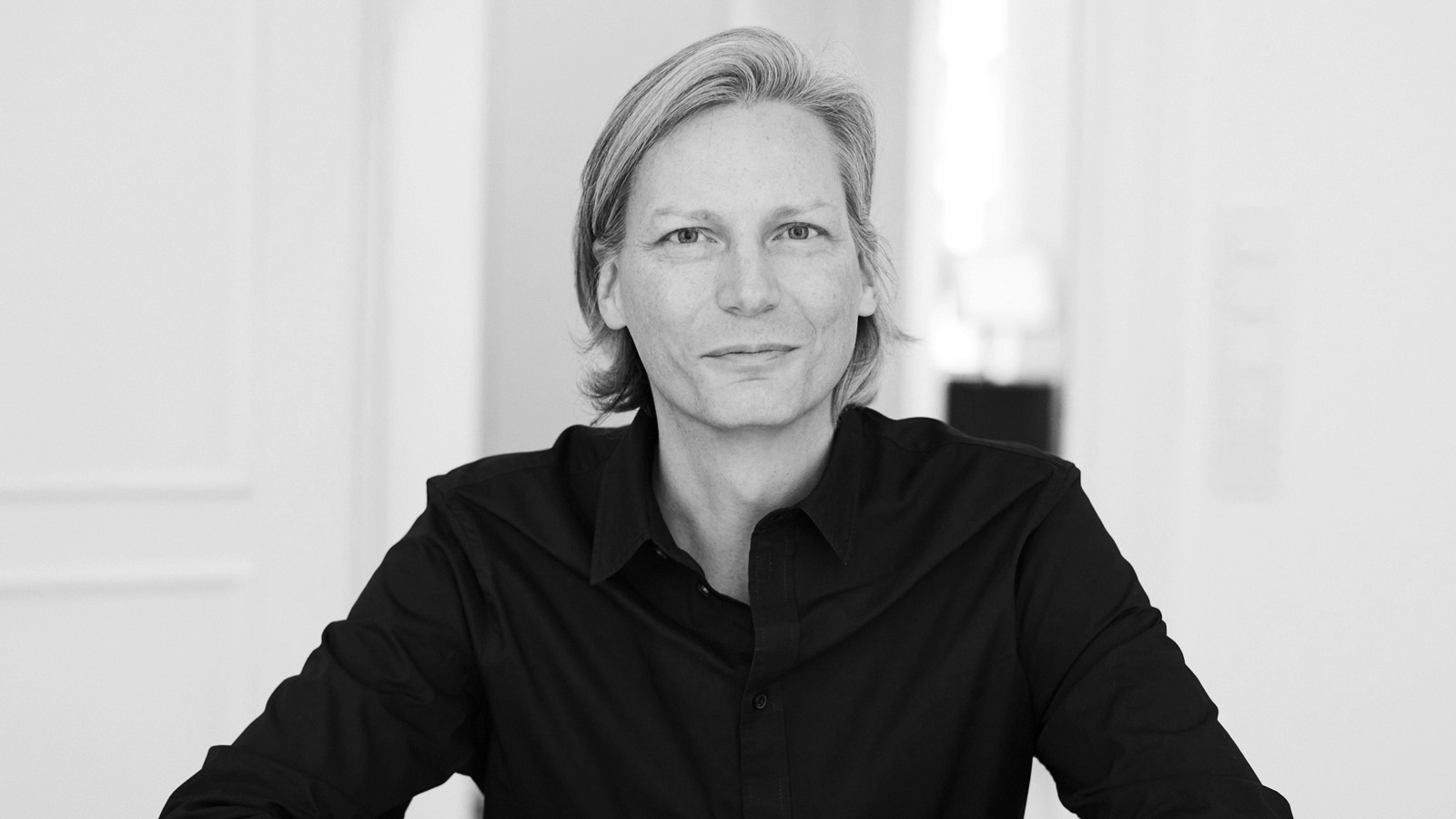Flexibility creates relevance
At the same time, the brand gains the flexibility to adapt to increasingly diverse target groups. Forward-looking, iconic brands do not pursue a "one design fits all" approach, but rather combine their identity-forming codes with a wide variety of often fundamentally different motifs. This allows them to move confidently in environments that are rarely encountered in everyday life, appearing authentic and relevant in each case. One brand that has mastered this balancing act exceptionally well is Mercedes-Benz. The world's best-known automotive brand has brilliantly overcome the challenge of translating its values in different ways to suit diverse target groups. It communicates seriously and reliably in a business context, conveys luxury and lifestyle, and has thus become a symbol for all those who strive for social advancement and status. With clever collaborations, it simultaneously addresses streetwear fans and avant-garde fashion, positioning itself unmistakably in pop culture. Current examples include the capsule collections with Moncler and the Mercedes-Benz "Class of Creators" x KidSuper collaboration, which effortlessly combines automotive design and superhero aesthetics. This makes Mercedes-Benz more relevant to a younger audience that appreciates expressive, culturally charged developments.
However, this diversity only works because the core elements of the brand are untouchable heroes – above all, the star. In the analysis phase, we examine: What defines it, what consolidates it? How much flexibility can it tolerate – and when does it dissolve? As a design agency, we have developed the brand design in recent years in such a way that it strengthens the brand while at the same time allowing for variation. Our aim was and is to ensure brand consistency – without stifling creative energy. Brand management becomes a constant balancing act between strategic rigor, safeguarding iconic elements, and allowing creative freedom. Through sensitive, active brand management, we ensure a high level of quality that lives up to the Mercedes-Benz brand's self-image.






